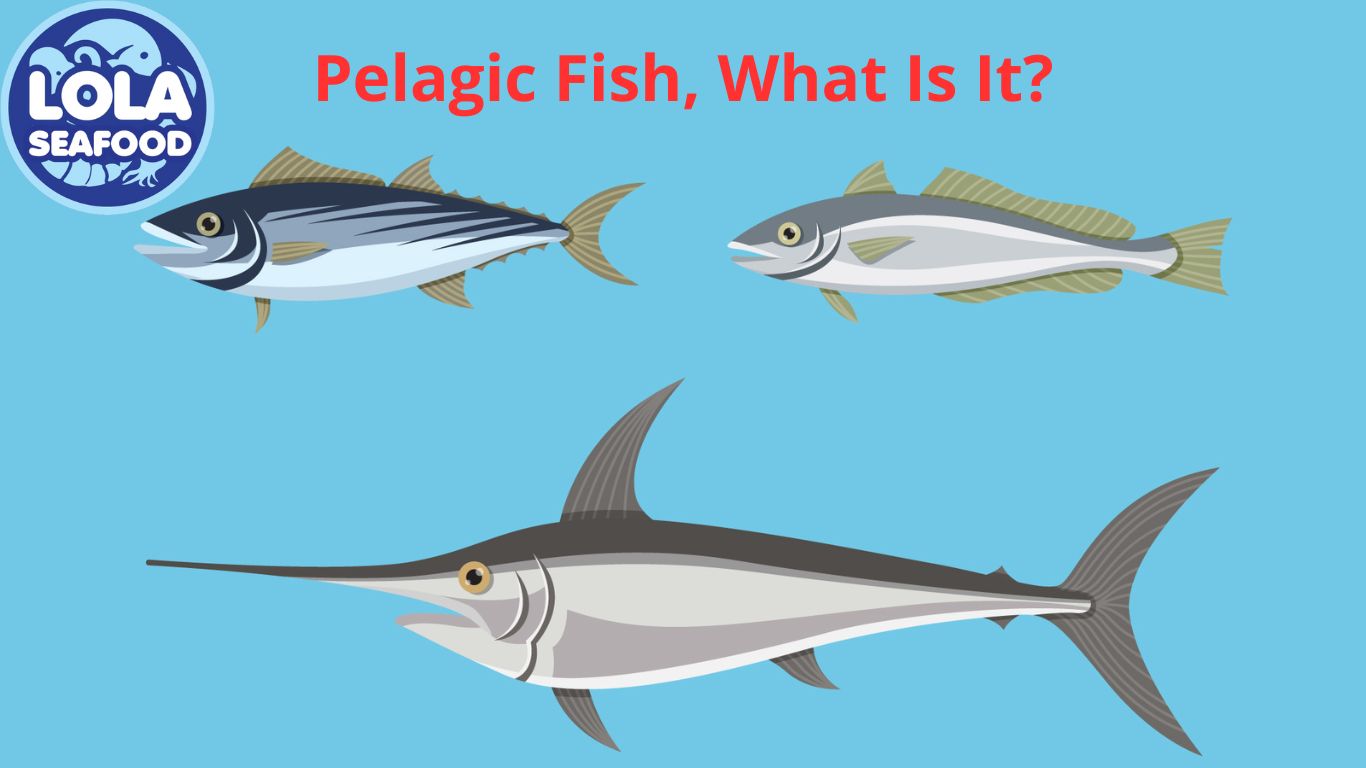Pelagic Fish, What Is It?
By. Najih - 14 Nov 2024
Pelagic fish are species that inhabit the pelagic zone of the ocean, which is the open water column away from the bottom and the shore. This zone is typically divided into several layers, including the epipelagic (sunlight zone), mesopelagic (twilight zone), and deeper layers. Pelagic fish are adapted to life in these open waters and often have streamlined bodies that allow them to swim efficiently over long distances.
Common examples of pelagic fish include species such as tuna, mackerel, swordfish, and sardines. These fish are often found in schools and are known for their migratory behavior, traveling vast distances in search of food and spawning grounds. Pelagic fish play a significant role in marine ecosystems and are also important for commercial fisheries.
Pelagic fish are characterized by several adaptations that enable them to thrive in the open ocean environment:
Body Shape: Many pelagic fish have streamlined, torpedo-shaped bodies that reduce drag as they swim. This hydrodynamic shape allows them to move quickly and efficiently through the water, which is crucial for escaping predators and catching prey.
Swim Bladder: Some pelagic fish possess a swim bladder, an internal gas-filled organ that helps them maintain buoyancy
Sensory Adaptations: Pelagic fish often have well-developed sensory systems, including keen eyesight and acute lateral lines, which help them detect movements and vibrations in the water. Feeding Behavior: Many pelagic fish are opportunistic feeders, preying on smaller fish, squid, and zooplankton. Some species, like tuna and swordfish, are known for their speed and agility, allowing them to chase down fast-moving prey.
Migration: Pelagic fish often engage in long-distance migrations, driven by factors such as spawning, food availability, and environmental conditions
Reproduction: Most pelagic fish are oviparous, meaning they lay eggs that are fertilized externally. The eggs are often buoyant and drift in the water column, providing a strategy for dispersal and increasing the chances of survival for the larvae.
Pelagic fish are vital to marine ecosystems and human economies. They serve as a crucial food source for larger predators, including marine mammals, seabirds, and other fish. Additionally, pelagic fish are significant for commercial fisheries, contributing to global seafood markets. Sustainable management of pelagic fish populations is essential to prevent overfishing and ensure the health of marine ecosystems.
.jpg)
 (1).png)


.jpg)
.jpg)
.jpg)

 (3).png)